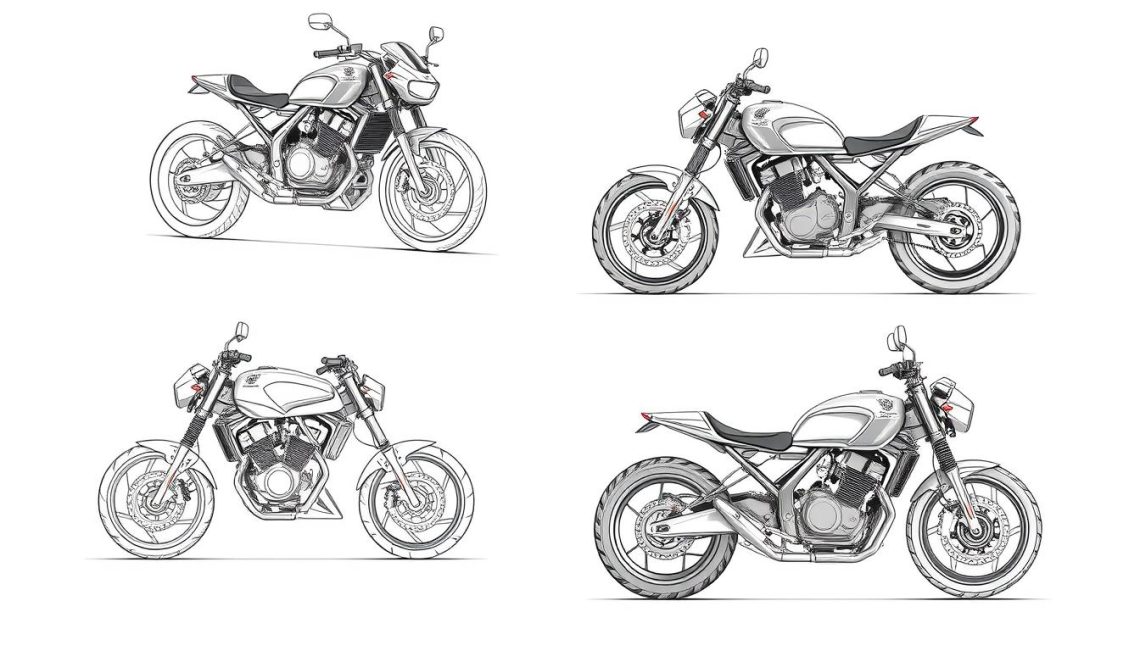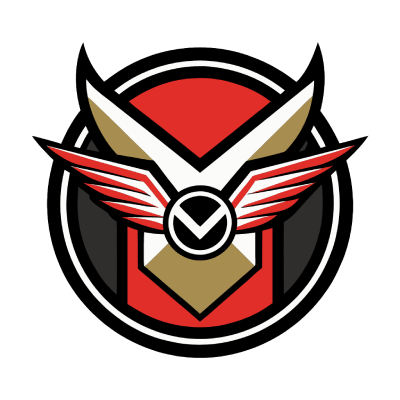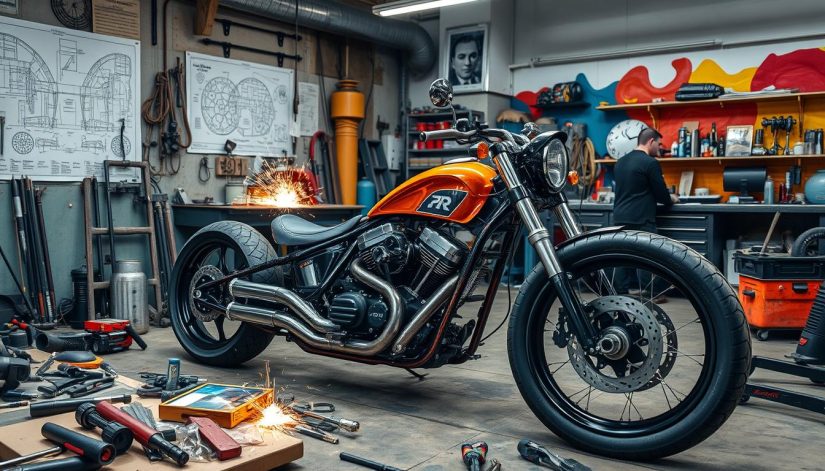The custom motorcycle build process is an exciting journey that transforms a personal vision into a reality. Whether you’re an avid rider or just beginning to explore the world of motorcycle customization, this guide will illuminate the intricate steps involved in designing a custom bike. From the initial concept to the final touches, each phase showcases the artistry and technical precision inherent in motorcycle crafting. Understanding these stages can empower you to create a truly unique machine that reflects your individuality and passion for the ride.
Understanding the Vision and Concept Development
Creating a custom motorcycle begins with a strong vision and development of its concept. Central to this process is identifying your personal style in bikes. Each individual’s preferences shape the motorcycle design ideas that will ultimately guide the build. This stage allows for the exploration of various bike types, colors, and finishes that feel right for you.
Identifying Your Personal Style
Your unique taste influences the overall aesthetics of your motorcycle. Are you drawn to the classic appeal of a cafe racer or the rugged charm of a bobber? Understanding the distinctive features of each style helps lay a foundation for your custom creation. Considerations for your personal style in bikes might include:
- Body style: chopper, cruiser, or sportbike
- Color schemes that reflect your personality
- Materials and finishes that enhance visual appeal
Researching Custom Motorcycle Trends
- Retro styles making a comeback
- Minimalist designs with sleek profiles
- Integration of technology in builds, like digital displays
Planning the Custom Motorcycle Build Process: From Concept to Reality
Once a clear motorcycle vision emerges, the next essential phase involves meticulous motorcycle build planning. Crafting motorcycle design sketches serves as the initial step, allowing builders to visualize their concepts and identify key design elements. This creative stage enables a deeper understanding of proportions, shapes, and colors that resonate with personal style. Each sketch leads to valuable insights that guide further decisions.
Creating Initial Sketches and Designs
Initial sketches play a significant role in shaping the custom motorcycle’s identity. They act as a foundation for all future decisions. During this phase, builders can explore various aesthetic elements and functionalities. Experimenting with different designs helps refine the concept while ensuring a cohesive look and feel. It’s crucial to create sketches that not only capture the desired style but also address practical considerations fundamental to performance and safety.
Selecting Components and Materials
After finalizing the design concept, selecting motorcycle parts becomes the next critical step. Builders must choose components that complement the overall design while focusing on quality and functionality. Custom bike materials vary, ranging from lightweight aluminum to sturdy steel, each impacting performance, durability, and aesthetics. This selection process involves researching reliable suppliers and determining budget allocations for each component. Understanding the characteristics of each material can lead to thoughtful decisions that enhance the motorcycle’s longevity and visual appeal.

| Component | Material Options | Benefits |
|---|---|---|
| Frame | Steel, Aluminum, Carbon Fiber | Lightweight, strength, and durability |
| Wheels | Aluminum, Magnesium | Improved handling, reduced weight |
| Engine | Cast Iron, Aluminum | Heat resistance, weight management |
| Body Panels | Fiberglass, ABS Plastic | Customization, ease of repair |
The Build: Craftsmanship and Techniques
The build phase represents a critical juncture in the motorcycle creation process. It is during this time that various motorcycle assembly techniques come into play, showcasing the skill and precision involved. Proper execution in this phase not only affects the bike’s performance but also its visual appeal. Attention to detail is essential, particularly in the assembly of the frame. Without a solid foundation, the integrity of the entire project is compromised.
Assembling the Motorcycle Frame
Starting with the motorcycle frame, assembling this crucial component takes significant craftsmanship in motorcycle building. The frame serves as the backbone, holding all parts in place and ensuring proper alignment. Ensuring all joints are secure is paramount. Techniques may include welding, bolting, or riveting, depending on the frame materials chosen. The precision in this phase lays the groundwork for a durable motorcycle that is safe to ride.
Installing the Engine and Mechanical Components
Next comes engine installation, one of the most vital aspects of the build. Choosing the right engine type and ensuring it fits snugly within the frame are key considerations. This phase also encompasses the installation of various mechanical components such as the transmission, brakes, and suspension systems. These elements must work in harmony to maximize performance and safety, demonstrating the importance of meticulous engineering.
Customizing the Aesthetics: Paint and Finishing Touches
With the mechanical elements securely in place, the focus shifts to bike paint customization and aesthetic refinement. Selecting the right colors and finishes can transform the motorcycle’s look. Incorporating unique designs or decals can enhance its personality and appeal. This stage allows builders to express creativity while ensuring that the final look aligns with the owner’s vision.
| Phase | Key Techniques | Significance |
|---|---|---|
| Frame Assembly | Welding, bolting, riveting | Foundation for the entire motorcycle |
| Engine Installation | Placement, alignment, securing | Ensures performance and safety |
| Paint Customization | Color selection, design application | Enhances style and owner expression |
Final Testing and Adjustments
As the final phase of the custom motorcycle build process unfolds, motorcycle performance testing becomes essential. After assembling every component and customizing the aesthetics, it’s time to take the bike out for a test ride. This initial ride is vital to assess how well the motorcycle performs under various conditions, helping enthusiasts gauge its handling, power delivery, and braking response.
During the test ride, feedback is key. Riders need to pay attention to aspects such as braking efficiency, suspension comfort, and overall alignment. These observations lead to necessary bike adjustments, ensuring that every element operates seamlessly together. This phase of custom build fine-tuning is critical to achieving optimal performance and rider satisfaction, allowing for a more comfortable and responsive ride.
In addition to performance, motorcycle safety checks cannot be overlooked. Checking that all lights function properly, inspecting tire pressure, and ensuring that various mechanical components are securely in place are crucial steps. By rigorously finalizing these checks and adjustments, riders can confidently take their newly built motorcycles out on the open road, fully prepared for a thrilling and safe riding experience.

